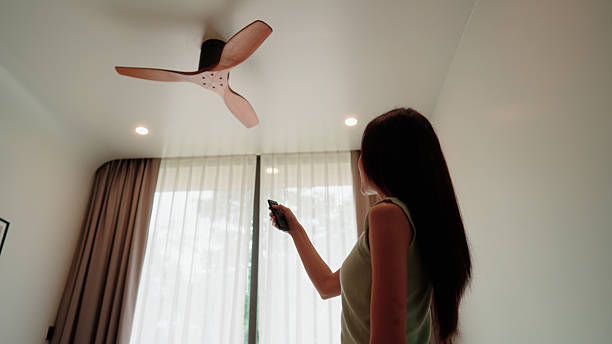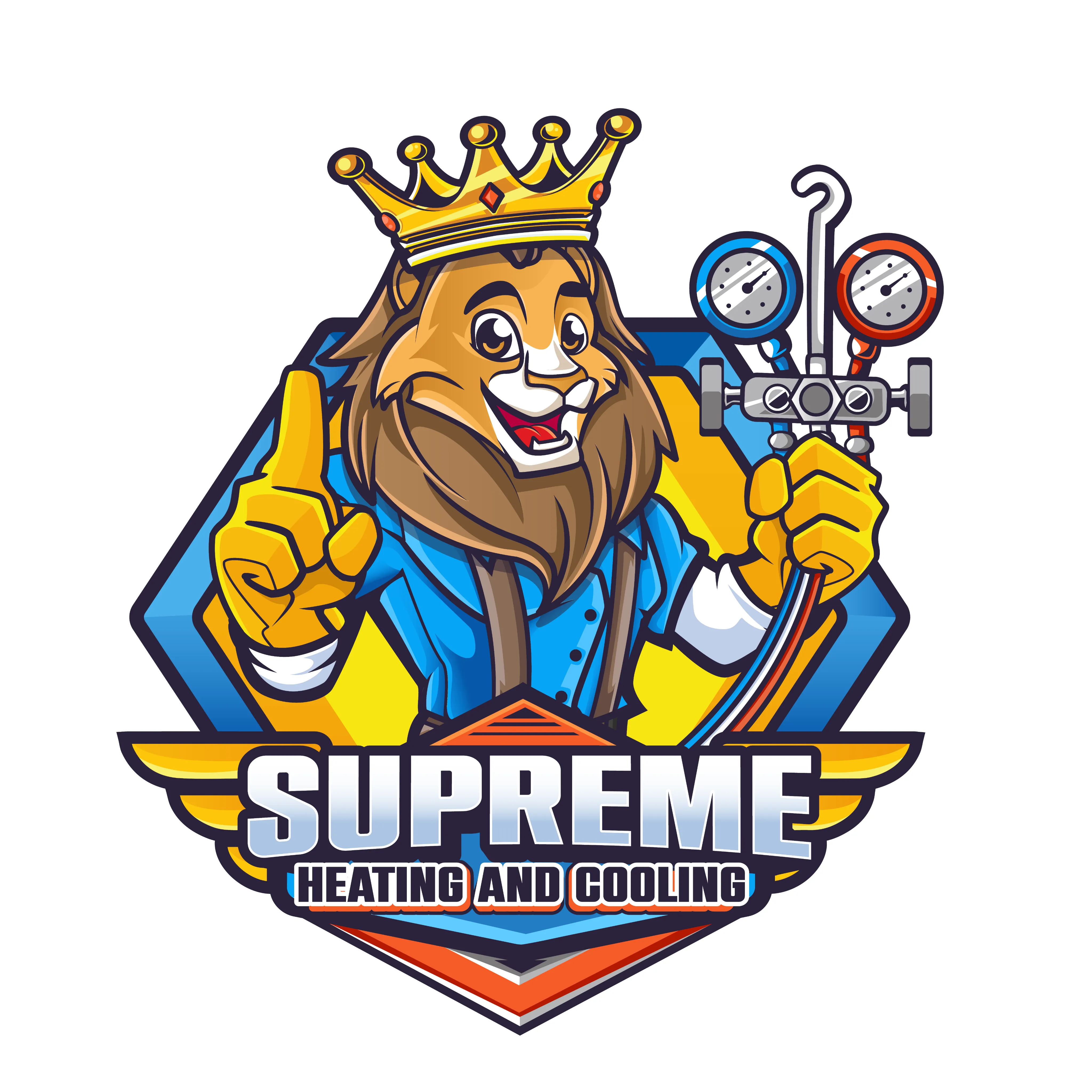
Ceiling fans are a great way to stay cool during the warm months in North Huntingdon, but they can become a source of frustration when they start wobbling. That shaking movement may seem harmless at first, but it can lead to noise issues, shortened equipment lifespan, or even safety concerns over time. Many homeowners don’t realize how easily a fan’s performance can be impacted by just a few small issues.
Whether you’re relaxing in your living room or trying to get a breeze going in your bedroom, a wobbling ceiling fan can be distracting. Ignoring it won’t make the problem go away, and attempting to fix it without the proper steps could risk injury or damage. Understanding what causes the wobble and how to deal with it early is the best way to prevent more serious electrical concerns in your home.
Understanding the Causes of Ceiling Fan Wobbling
Before you jump to conclusions or call for help, it’s good to know what’s behind the movement. Most wobbling ceiling fans stem from minor mechanical issues that are fixable when caught early. One of the most common causes is blade imbalance. This happens when one or more blades are heavier or sit at a slightly different angle than the others. Even a small variation can throw off the rotation and produce a noticeable shake.
Loose screws are another frequent culprit. Over time, the vibration from regular use can loosen the screws that secure the blades to the motor or the fan to the mounting bracket. If the fan is older or hasn’t been touched in a while, there’s a good chance some hardware may need tightening.
Another common cause is improper installation or an uneven ceiling surface. When a fan is installed on a ceiling that isn’t perfectly level, the entire unit can sit at an angle. That slight tilt puts pressure on the spinning blades, forcing them off balance and creating a visible wobble.
Here are a few key factors that often lead to a wobbly ceiling fan:
1. Blade imbalance
2. Loose screws or bolts on the mounting hardware
3. Warped fan blades due to moisture or age
4. Uneven ceiling surface or faulty installation
5. Dust buildup weighing down one side of the fan
Identifying these causes upfront helps you decide whether it’s a simple fix or if the problem connects to broader electrical concerns that require professional attention.
Diagnosing the Problem
If your ceiling fan starts moving in ways it shouldn’t, it’s best to turn it off right away. Letting it keep running while wobbly can lead to more damage or even become a safety hazard. Once the fan is off and the blades have stopped spinning, use a ladder to get a closer look at the unit. Bring a flashlight so you can check all the components for shifted screws, dust buildup, or warped blades.
Start by gently holding each blade and giving it a careful wiggle. If any of them feel loose or you notice uneven spacing, that’s a sign they need adjustment. Use a screwdriver to check each screw securing the blades to the motor assembly. Even one loose blade can make the entire fan shake.
While you’re inspecting, check the base where the fan connects to the ceiling. The mounting bracket should feel firmly attached without any gaps or movement. If it’s sagging or rattles when touched, the installation may need to be redone. This type of instability can have long-term effects on both the fan and your electrical setup.
You should also look out for signs of wear around the motor. If the fan has been in place for years and the motor is making strange sounds or giving off a burnt smell, the internal components could be worn out or overheating.
Wobbling ceiling fans are often dismissed as small annoyances, but they can signal a deeper issue. Improper alignment, electrical imbalances, or even outdated mounting hardware may affect more than just the fan itself. Taking the time to inspect these parts thoroughly helps ensure your fan doesn’t cause additional problems in your North Huntingdon home.
Preventive Measures to Help Avoid Ceiling Fan Wobbling
Once a ceiling fan starts wobbling, it tends to get worse over time. That’s why taking steps early on helps stop the issue from building up into something more serious. Homeowners in North Huntingdon can avoid many wobble-related problems by building simple maintenance steps into their routine. Fan blades, mounts, and the surrounding parts all play a role in long-term stability.
One helpful tip is to check your ceiling fans at the start of each summer season. A quick look at the blades, bracket, and downrod may reveal small issues before they become big problems. Even newer fans can shift slightly due to regular use or vibrations from nearby appliances. If problems continue after visual checks and tightening screws, chances are the balancing is off or the structure wasn’t properly installed.
For situations where minor adjustments don’t stop the shaking, a ceiling fan balancing kit can help pinpoint the problem blade and apply a counterweight. These kits aren’t universal, and they don’t solve every case, but they can be useful when blade imbalance is the main issue.
To reduce risks and increase your fan’s performance, stick to these preventive actions:
1. Clean the blades with a soft cloth every few weeks to prevent dust buildup on one side
2. Check all visible screws and fasteners after seasonal transitions or periods of heavy use
3. Don’t hang items from the fan or blades, as added weight throws off the balance
4. Avoid placing fans on surfaces that aren’t flat or evenly installed
5. Make sure any changes to your home’s ceiling or electrical setup are done with the fan in mind
When installing a new fan or replacing an existing one, proper setup makes all the difference. Even a small misalignment in the mounting hardware can put stress on the motor and blades. Having everything firmly secured and level from the start eliminates many of the most common causes of wobbling.
When to Call Our Professionals for Electrical Services in North Huntingdon
While some minor causes of ceiling fan wobble can be addressed through regular upkeep, other situations require more advanced work. If your fan continues to shake after cleaning and adjusting the hardware, the issue could involve internal electrical problems or mounting that’s no longer secure. At that point, it’s best to let our professionals take a closer look.
There are a few key signs that call for expert electrical services in North Huntingdon:
1. The fan hums, sizzles, or vibrates even when turned off
2. Lights connected to the fan flicker or lose brightness while in use
3. The wobbling gets more severe with time, not better
4. You notice a burnt smell or heat from the fan motor housing
5. The entire unit feels unstable or makes creaking sounds at the ceiling junction
All of these symptoms point to conditions where continuing to use the fan, or trying to fix it alone, could create bigger risks. Structural issues behind the ceiling surface or uneven electrical loads might be at play. Our technicians have the training and equipment to find out what’s really going on without risking your safety or damaging your home.
A North Huntingdon homeowner once called about a ceiling fan that kept shaking even after trying a balancing kit and multiple screw adjustments. After inspection, it turned out the ceiling mounting box wasn’t rated for fan weight and was starting to crack inside the ceiling. Catching that problem early prevented a bigger issue and helped the homeowner avoid a costly ceiling repair.
Ensuring Long-Term Stability for Your Ceiling Fans
Keeping ceiling fans steady over time isn’t just about comfort. It’s also tied to safety and protecting your home’s electrical system. Fans that start to wobble should get checked, and if problems return often, there’s a good chance that deeper installation or wiring corrections are needed.
To protect your investment and stay comfortable throughout the warmer months, periodic checks help catch early signs of trouble. Don’t ignore small issues. The way the fan behaves, even small shakes or squeaks, can tell you something isn’t right.
Getting a professional assessment brings peace of mind. Whether it’s confirming the fan is safe and secure or spotting a warning sign before it turns into serious damage, this kind of proactive approach helps keep fans running better, longer. Blades stay balanced, circuits stay protected, and you keep your home both comfortable and safe.
At Supreme Heating and Cooling, we understand that a wobbling ceiling fan can signal deeper issues that may affect your home’s electrical safety. If persistent fan movement or unusual sounds keep occurring despite regular upkeep, it might be time to let our professionals assess the problem and prevent further damage. For more information about trustworthy electrical services in North Huntingdon, and for a quick estimate or to book a service visit, please contact us today.

.svg)

.webp)


.svg)
.webp)
.svg)
